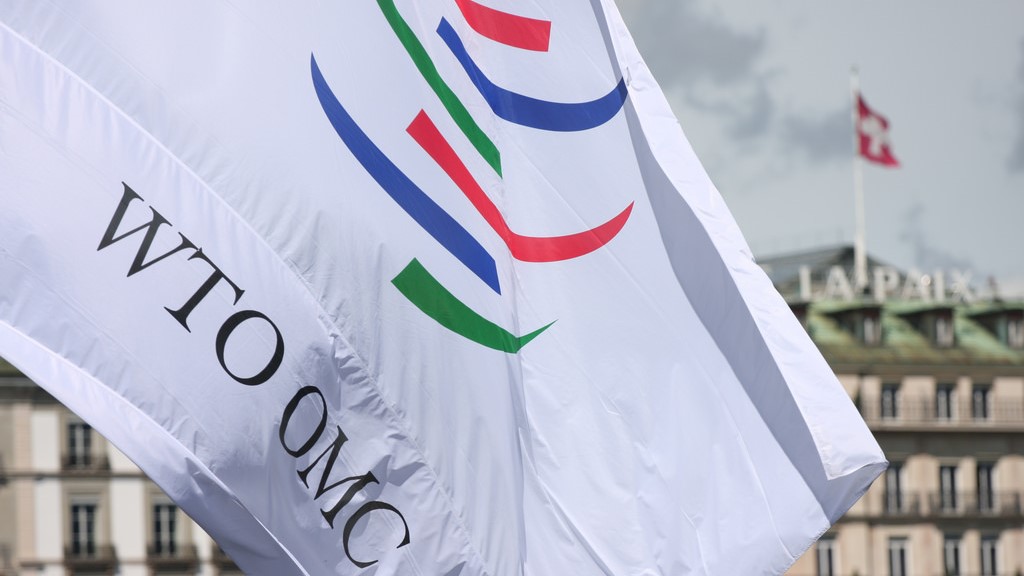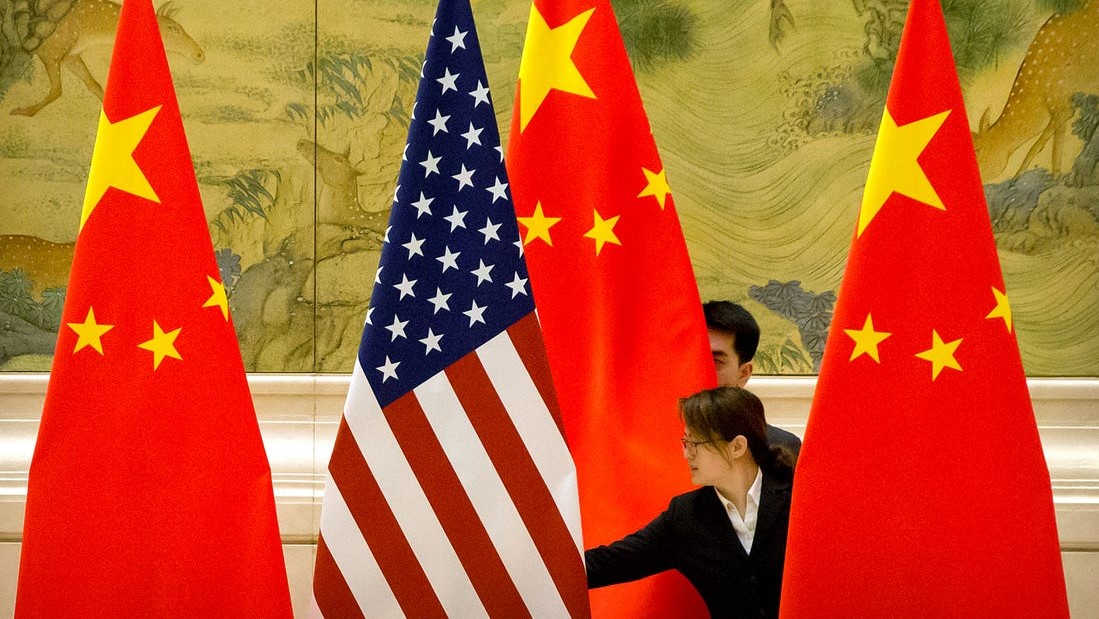Published 22 July 2020 | 5 minute read
There is now a very real possibility that the Trump Administration will be voted out in November. This article looks at the US elections and trade, and at how Trump's declining political fortunes could impact three important trade issues.
This article was originally published in the South China Morning Post
Although two weeks can be an eternity in politics, current polling data gives presumptive Democratic challenger Joseph Biden a commanding lead over President Trump. With the election only 104 days away, foreign trade partners are amongst those watching the US political landscape intently. Many are now shifting their calculations on trade and are actively preparing for the real possibility that the Trump Administration will be voted out in the November election. The President’s sharply declining political fortunes have begun to impact the disposition of three important trade issues in particular.
Who will head the WTO?
Current World Trade Organization (WTO) Director-General Roberto Acevedo will step down from his post at the end of August, one year ahead of the schedule. This has triggered an unexpected—and extremely critical—selection process to identify his successor. The WTO is fighting for its life and the next Director-General will have to drive a revitalization or preside over its demise.
The Director-General selection process normally works on the basis of consensus rather than a formal vote. The candidate list is gradually whittled down through a series of consultations with members until it’s clear that a single candidate can garner unanimous support. Eight candidates have thrown their hats into the ring, and the hope is to have a new DG selected and ready to step into the role in September. If consensus cannot be reached, one of the four deputy directors-general would take over in an interim caretaker capacity.
The Trump Administration, which has been highly critical of the WTO and has threatened to pull out of the organization, will undoubtedly seek to play a major role and could tilt the selection process. US Trade Representative Robert Lighthizer has said, for instance, that he would veto any candidate with even a “whiff of anti-Americanism”.
If President Trump is presumed to be heading for a second term, Trump Administration viewpoints will factor significantly into the selection deliberations, and the process should proceed apace. On the other hand, if there is a realistic possibility that a Biden Administration (holding more traditional viewpoints on the WTO) will take over in January, then delaying the appointment of a permanent DG and opting instead for an interim caretaker would be considerably more appealing. Under that scenario, the selection could be delayed until next year, with a more conventional US administration participating in the process.
A fading Phase One trade deal
The economic slowdown precipitated by the pandemic has almost certainly put China’s commitment to increase purchases of US products by $200 billion under the phase one agreement out of reach, and the planned phase two negotiations have essentially been dropped.
Over the space of a few months, a shining “success story” that was expected to be a major selling point in the President’s re-election campaign has been transformed into an acute political liability—one further amplified by the steep decline in the overall US-China relationship as a result of bitter back and forth bickering over the handling of Covid-19. The Biden campaign will attempt to build a case that Trump has gravely mishandled the China relationship, and it will make the phase one trade agreement “Exhibit A”.
An incoming Biden Administration would therefore be very unlikely to hitch its wagon to a faltering agreement negotiated by its just-defeated rival and all the more so if that agreement was the object of withering criticism on the campaign trail. Expect a multilateralist Biden administration to opt instead for a coordinated approach to China which draws in like-minded partners such as the EU, Japan, and Australia, rather than the “go it alone” approach reflected in the Trump phase one agreement.
Given the dim prospects for the phase one deal under a prospective Biden Administration, China has little incentive to implement any obligations that are difficult and will more likely meet only those terms which are in its best interests in any case. At least for now, the much-heralded phase one trade agreement appears to be fading in tandem with the President’s reelection prospects.
Supply chain repatriation on hold
The Trump Administration has sought to use trade and other policies to bring manufacturing back to the US. The centerpiece of this strategy is the revised NAFTA (known as USMCA), which attempts to reconfigure North American automotive production through a more stringent rule of origin.
Under the revised agreement, at least 40% of a vehicle’s value must be produced by workers earning a minimum of $16 an hour, in order to qualify for duty free treatment. Since this is considerably higher than prevailing wage rates in Mexico, the expected and desired result was that manufacturers would shift production to the US.
Automotive producers have noted the evolving electoral dynamics in the US however and are hedging bets while weighing the possibility that a new US Administration with a different approach to trade might be on the horizon.
Honda, Toyota, and other manufacturers and suppliers are opting to triple wages at Mexican facilities to meet the tougher rule of origin rather than shift production to the US. Staying put now seems to make more sense than absorbing the disruption and cost of moving to the US, especially if the administration which authored these new rules might be on the way out. One Japanese automotive executive summed up the prevailing view well: “We don’t want to be whipped around by a policy that we don’t know how long it will last.”
Companies in other industries that have been cajoled or incentivized by Trump policies to move production back to the US will likely share similar sentiments (notwithstanding indications that a Biden Administration would also seek to onshore manufacturing).
A lot can still change
President Trump was counted out in the 2016 election and it would be a mistake to count him out in 2020. But for now, the trade landscape is being altered by a US election which looks much different today than it did a few months ago, and the growing belief that Trump could be a one term president.
© The Hinrich Foundation. See our website Terms and conditions for our copyright and reprint policy. All statements of fact and the views, conclusions and recommendations expressed in this publication are the sole responsibility of the author(s).







